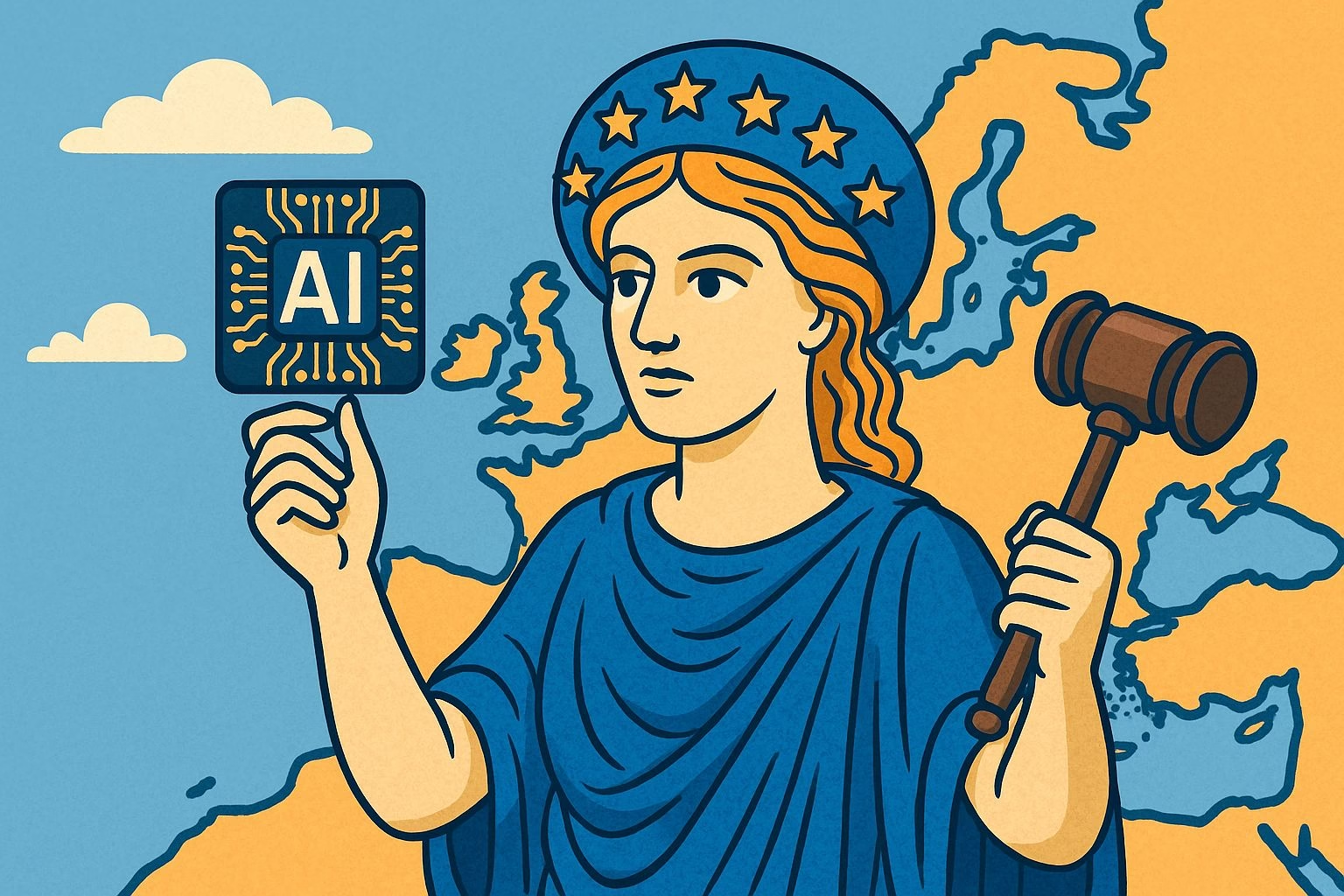Europe’s AI Strategy Faces a Critical Crossroads
I’m watching Europe make a bold AI bet by building its own “sovereign AI” infrastructure while grappling with whether to delay parts of the AI Act.
NVIDIA’s Jensen Huang has toured EU capitals to forge partnerships and announce plans for gigafactories. Meanwhile, some policymakers worry the rulebook is not ready and may push back key deadlines.
This article walks you through both sides of the debate, explains what it means for businesses and citizens, and lays out how we can move forward together.
Driving National Sovereignty with Local AI Hubs
I followed Jensen Huang as he visited London, Paris, and Berlin to promote Europe’s drive for technological independence.
He announced a German AI cloud built in partnership with Deutsche Telekom and backing for French startup Mistral. The UK has committed one billion pounds.
That level of investment shows Europe wants to control its own AI destiny.
I know that until now, most of Europe’s cloud and AI tools came from U.S. providers.
Building gigafactories – data centers powered by more than 100,000 GPUs each – signals a shift from importing to producing.
Those centers will fuel breakthroughs in healthcare, robotics, and scientific research while hosting homegrown AI models tailored to European languages and regulations.
I admit I worry about energy use. Even green power sources may struggle to keep up with rising demand. Data centers already consume three percent of Europe’s electricity. Balancing innovation with climate goals will test Europe’s resolve.
I expect these facilities to catalyze new AI startups and research hubs across the continent. That could create a vibrant, local ecosystem where ideas move quickly from lab to market.
The Regulatory Balancing Act
I’ve seen calls to delay parts of the AI Act because compliance tools and certification standards are not yet mature. Sections on transparency, risk management, and governance are slated to take effect between August 2025 and 2027. Some member states argue a rushed rollout could create confusion and uneven enforcement.
I understand their caution. Without clear technical guidelines, companies may face legal uncertainty. Delaying deadlines could give regulators time to refine rules and developers time to build necessary tools. On the other hand, pausing state and EU regulations risks leaving a gap in accountability.
I believe states have served as valuable testing grounds for AI policy. California’s incident reporting law and Illinois’s algorithmic audit requirements emerged from local efforts. If the EU freezes progress, we lose that laboratory for democracy—where policies can be piloted and improved.
I recommend a middle path. We can align pilot programs for compliance labs within new gigafactories. That lets Europe build capacity and test rules in parallel, ensuring neither innovation nor oversight stalls.
What It Means for Businesses and Communities
I advise organizations to track both infrastructure and regulation closely. If you run AI services in Europe, map gigafactory locations and consider co-location for data residency benefits. At the same time, start building internal compliance processes now, even if legal deadlines shift.
I encourage smaller firms to join industry coalitions and submit public comments on draft rules. Early engagement can influence final standards and ensure they account for diverse needs rather than favoring the largest players.
I see community groups and nonprofits playing crucial roles by educating consumers about AI risks. Advocacy can push policymakers to maintain momentum on safety measures, even as they refine technical details.
I believe companies that invest in transparency, bias mitigation, and incident reporting today will gain a trust advantage. That holds true whether regulations come into force next year or the year after.
Charting a Path Forward
I’m convinced Europe can lead both in AI capability and ethical governance. To get there, we must synchronize infrastructure build-out with policy development. That means:
-
Pilot compliance labs inside or adjacent to new gigafactories.
-
Maintain state experimentation for targeted rules in high-risk areas.
-
Foster public-private dialogue to refine regulations in real time.
I will keep watching how Congress balances speed with oversight. Meanwhile, I’m ready to adapt, shaping my strategies to seize new computing resources and uphold strong safeguards.
This dual approach can help Europe demonstrate a model where innovation and responsibility go hand in hand.

